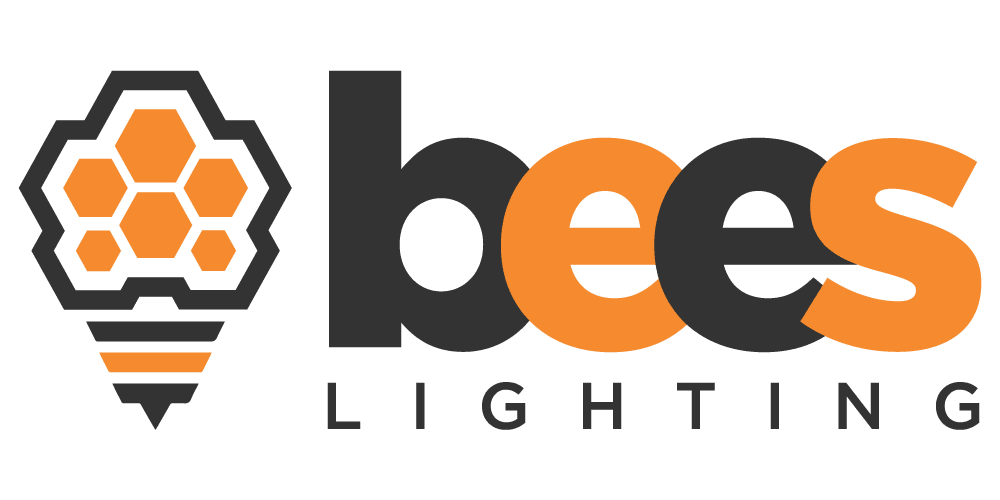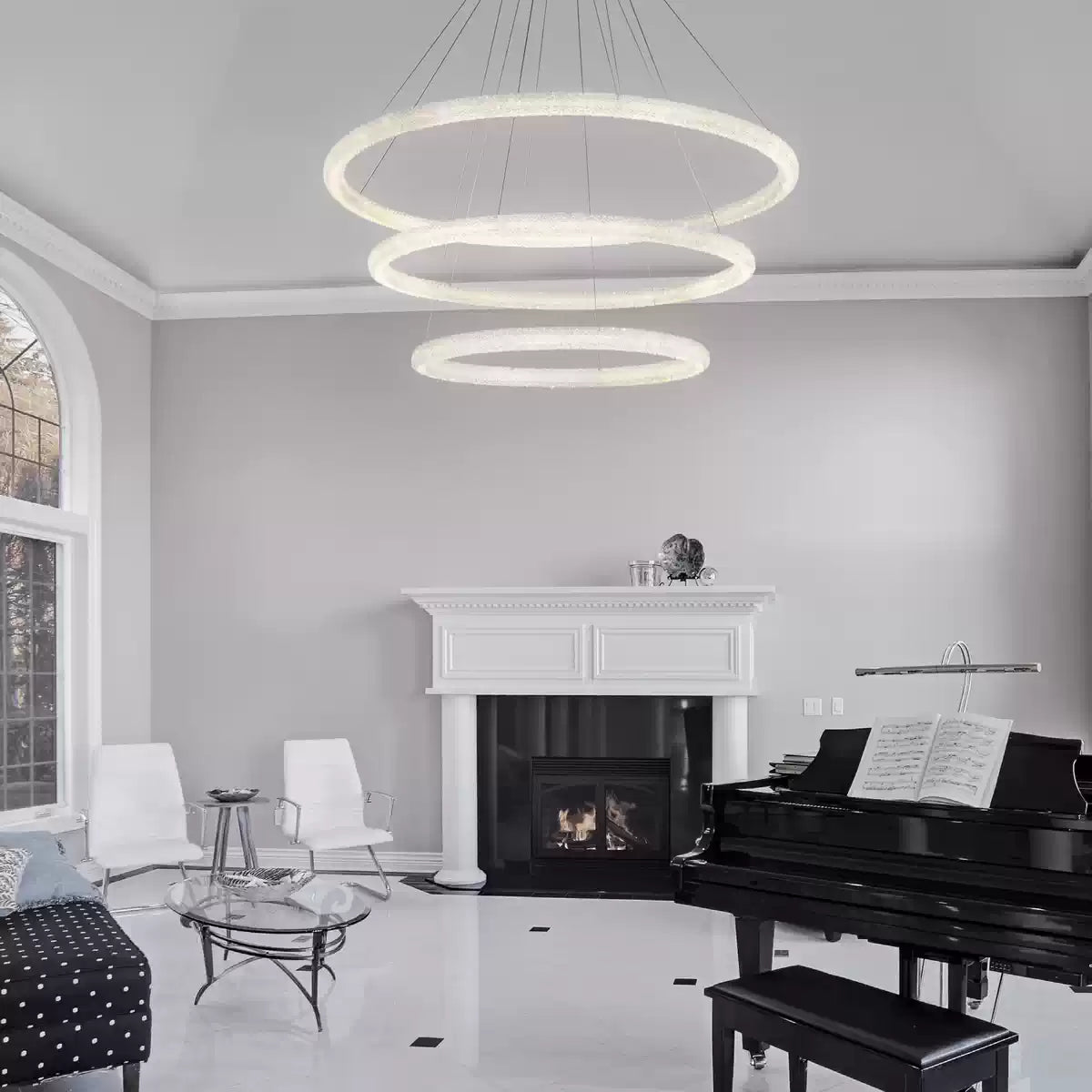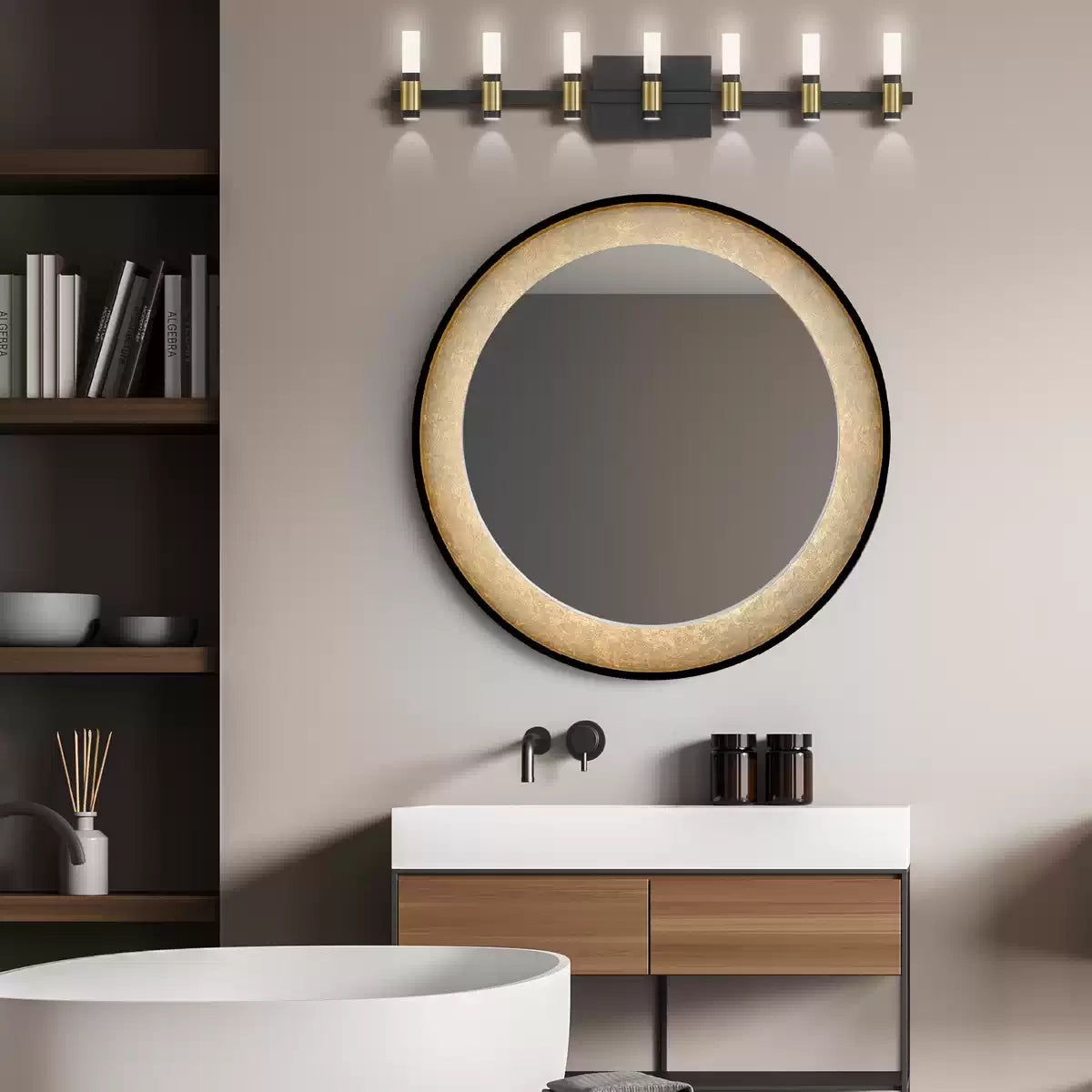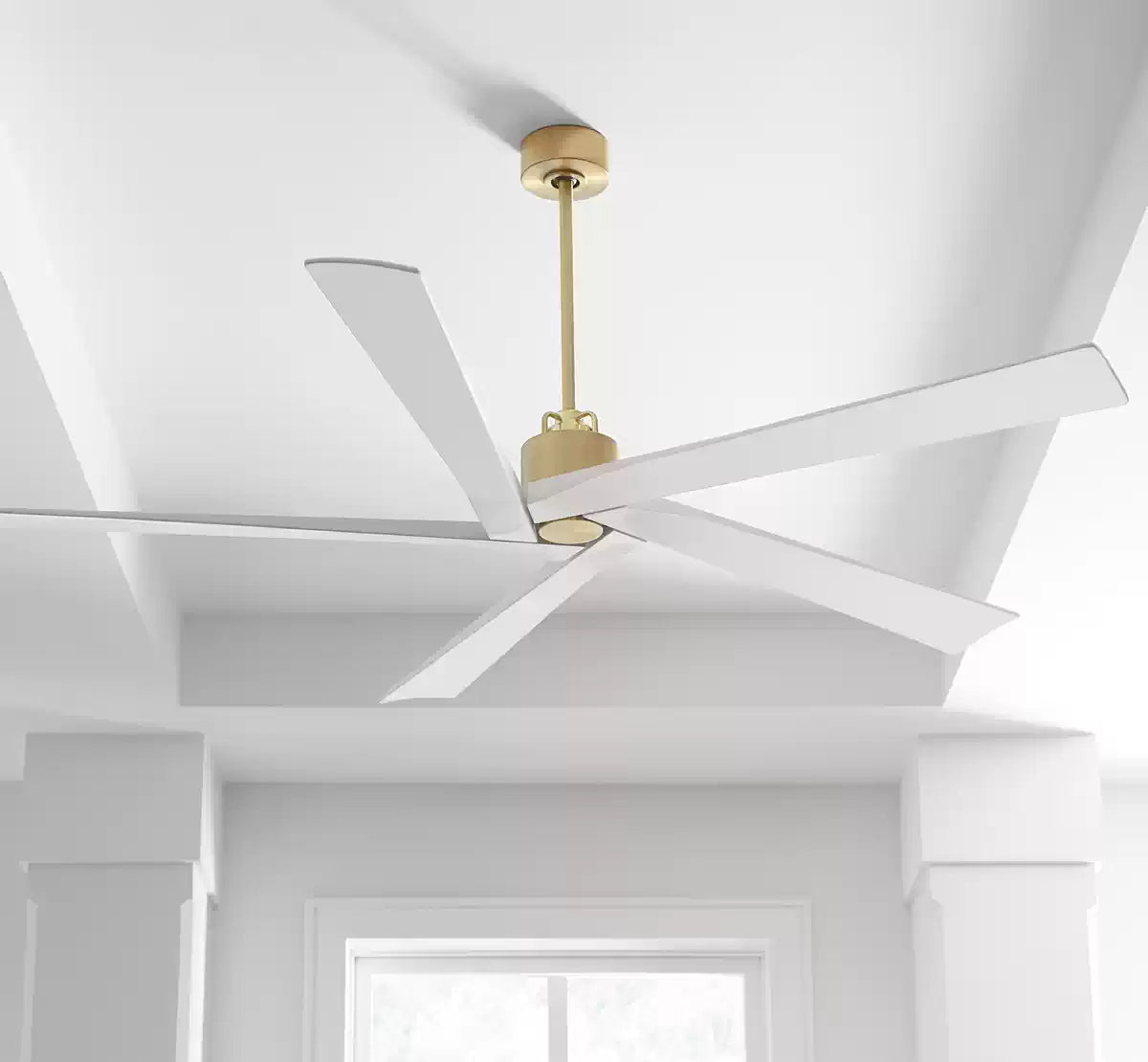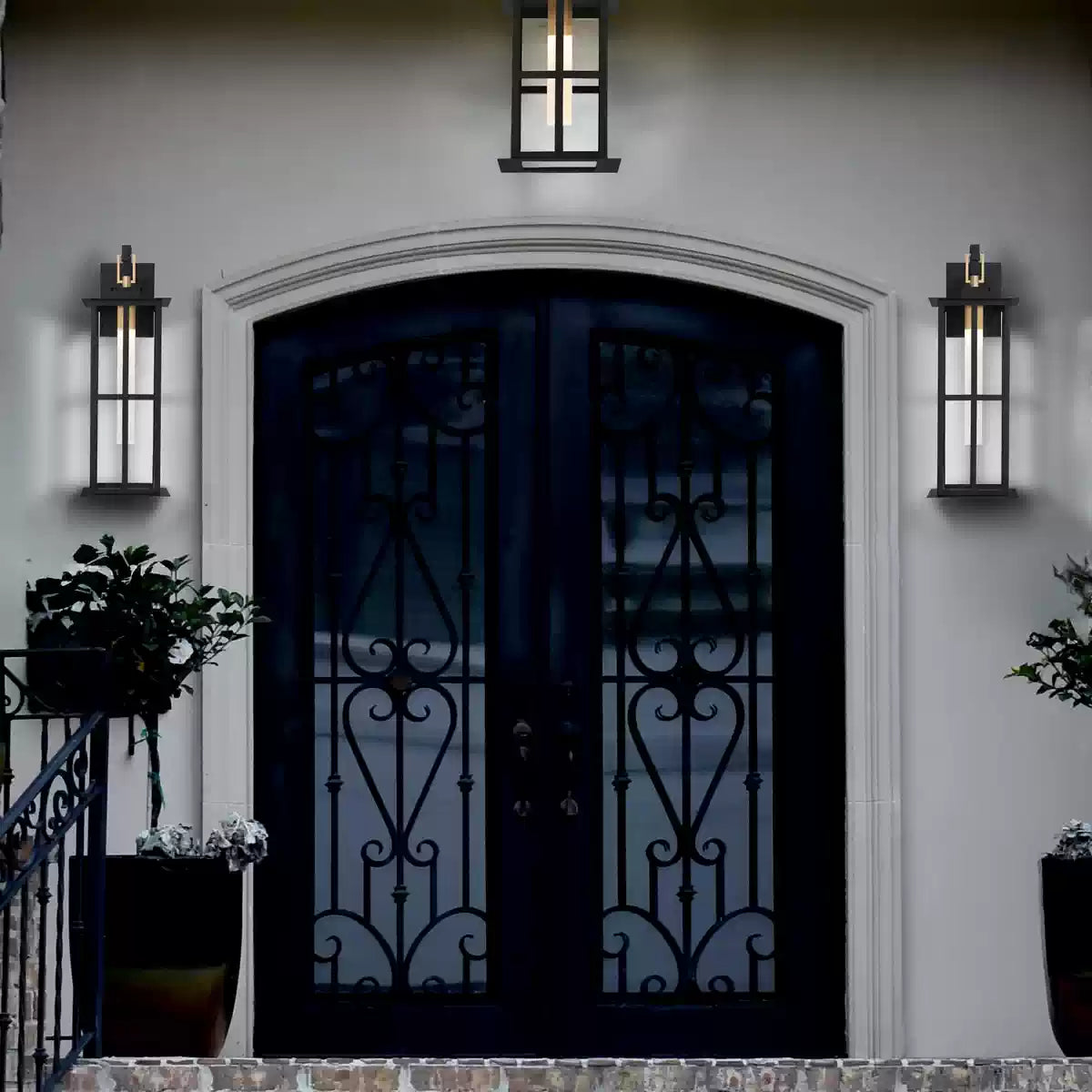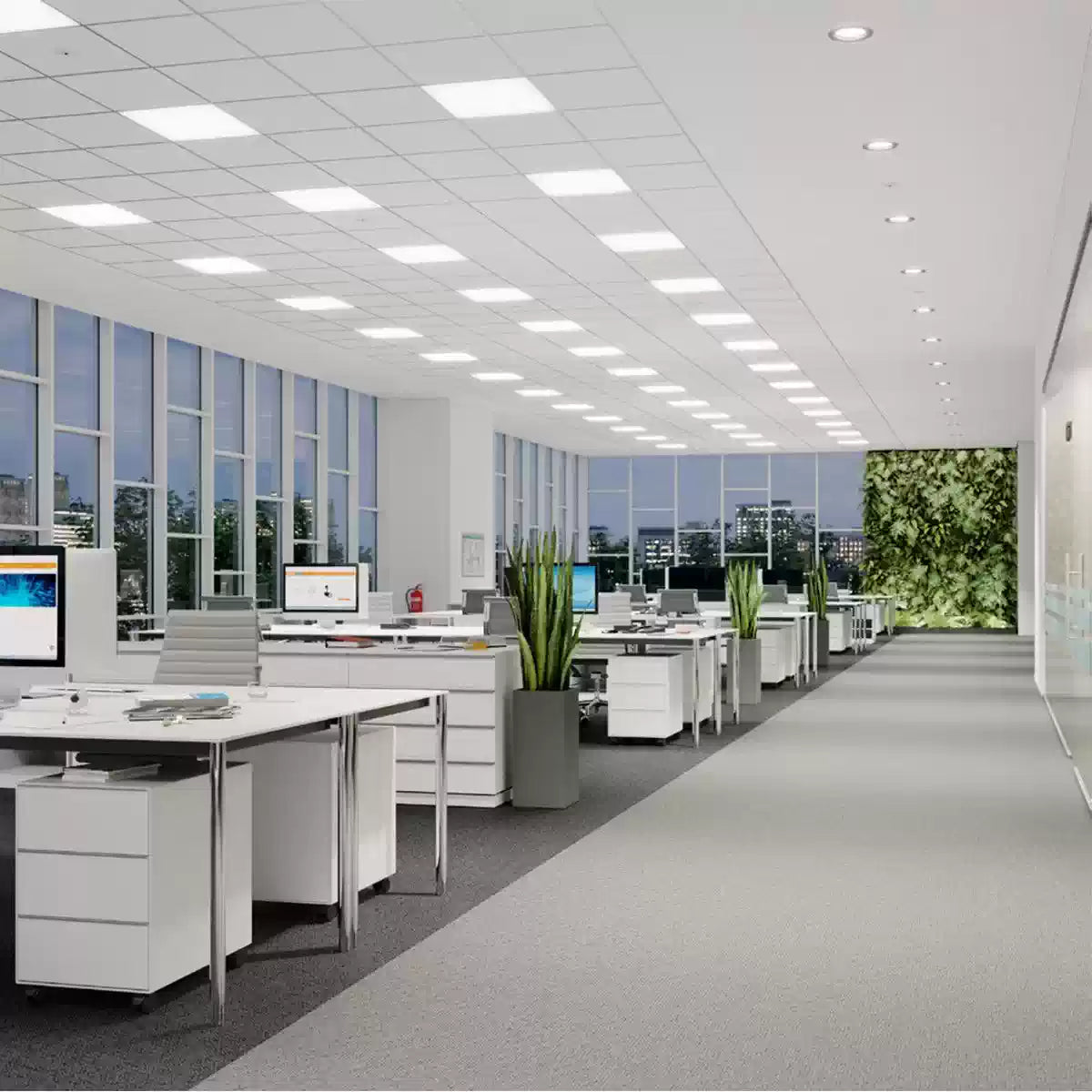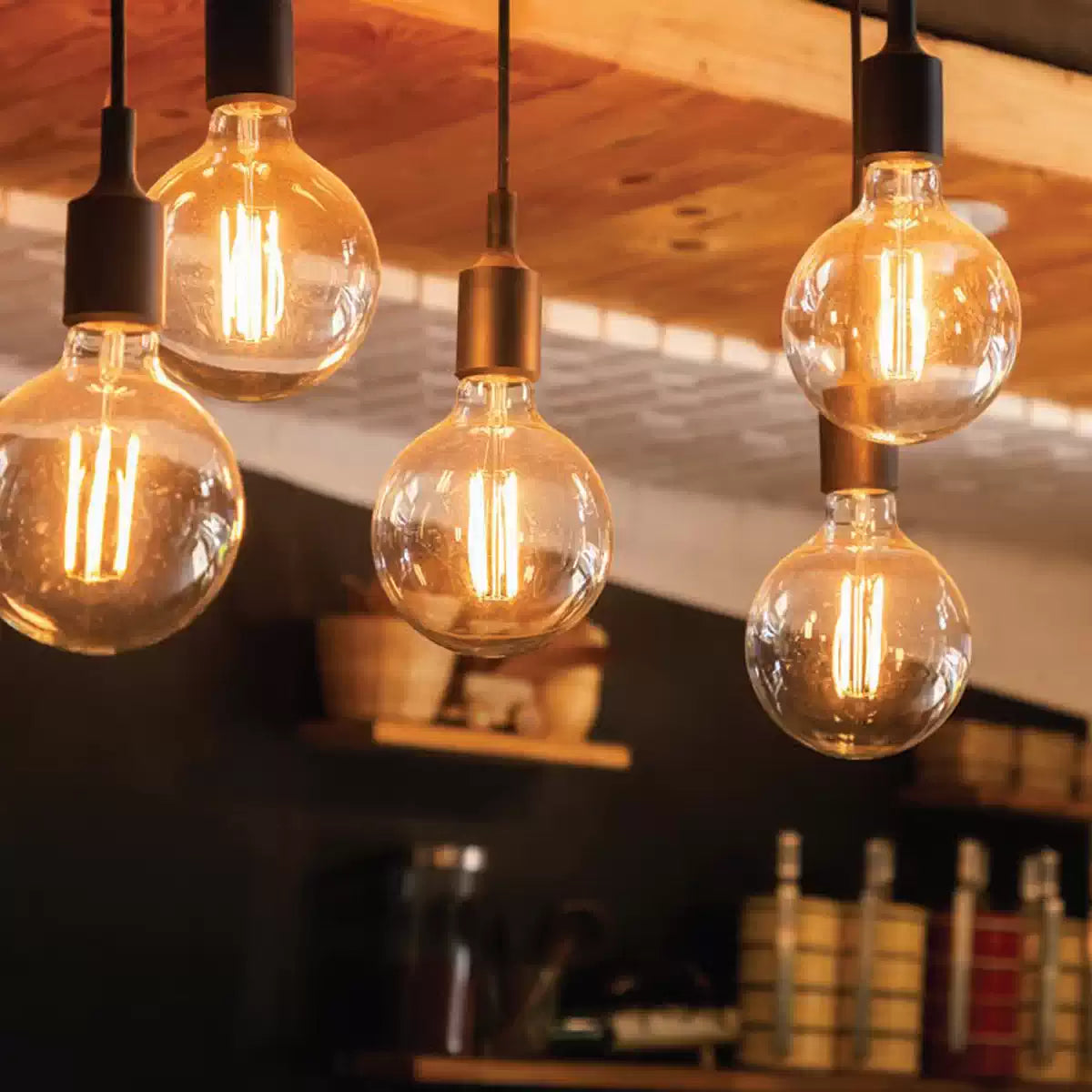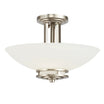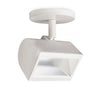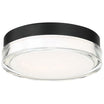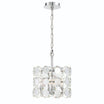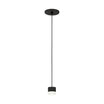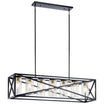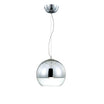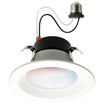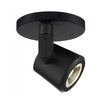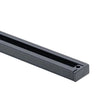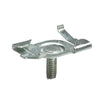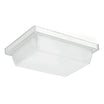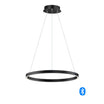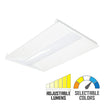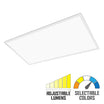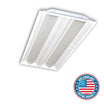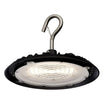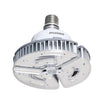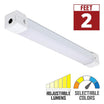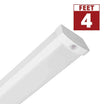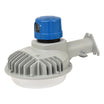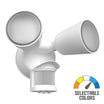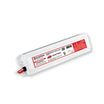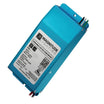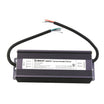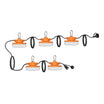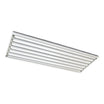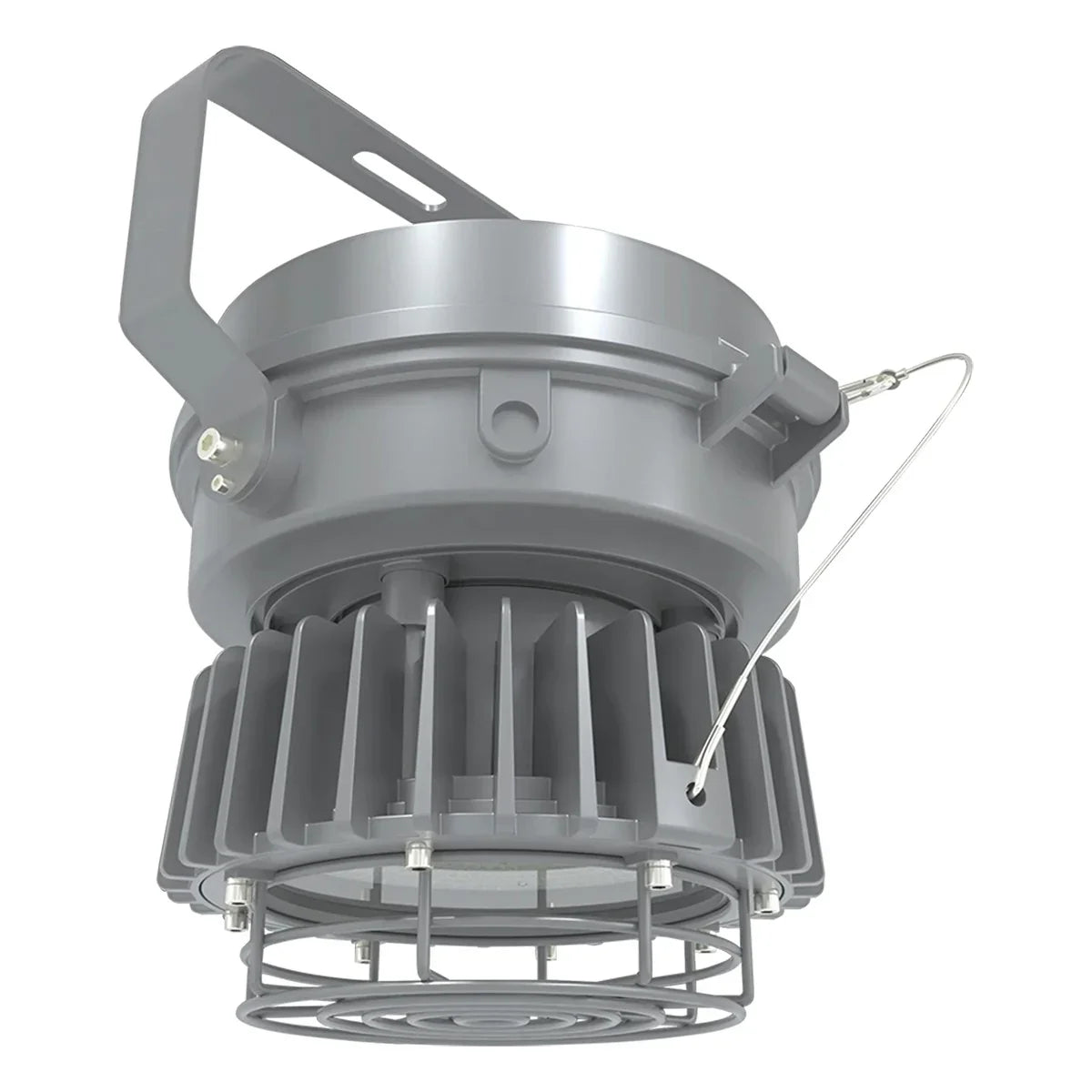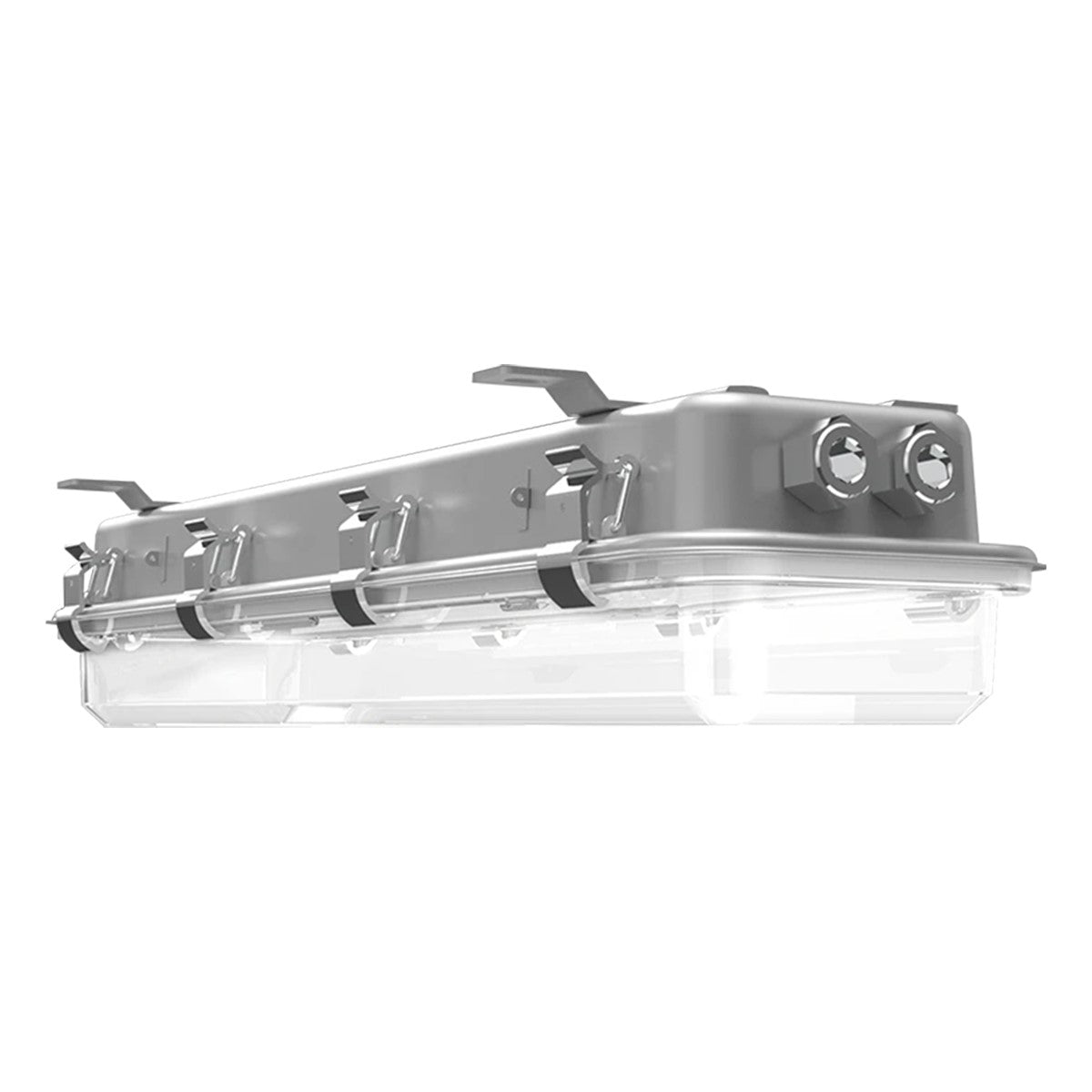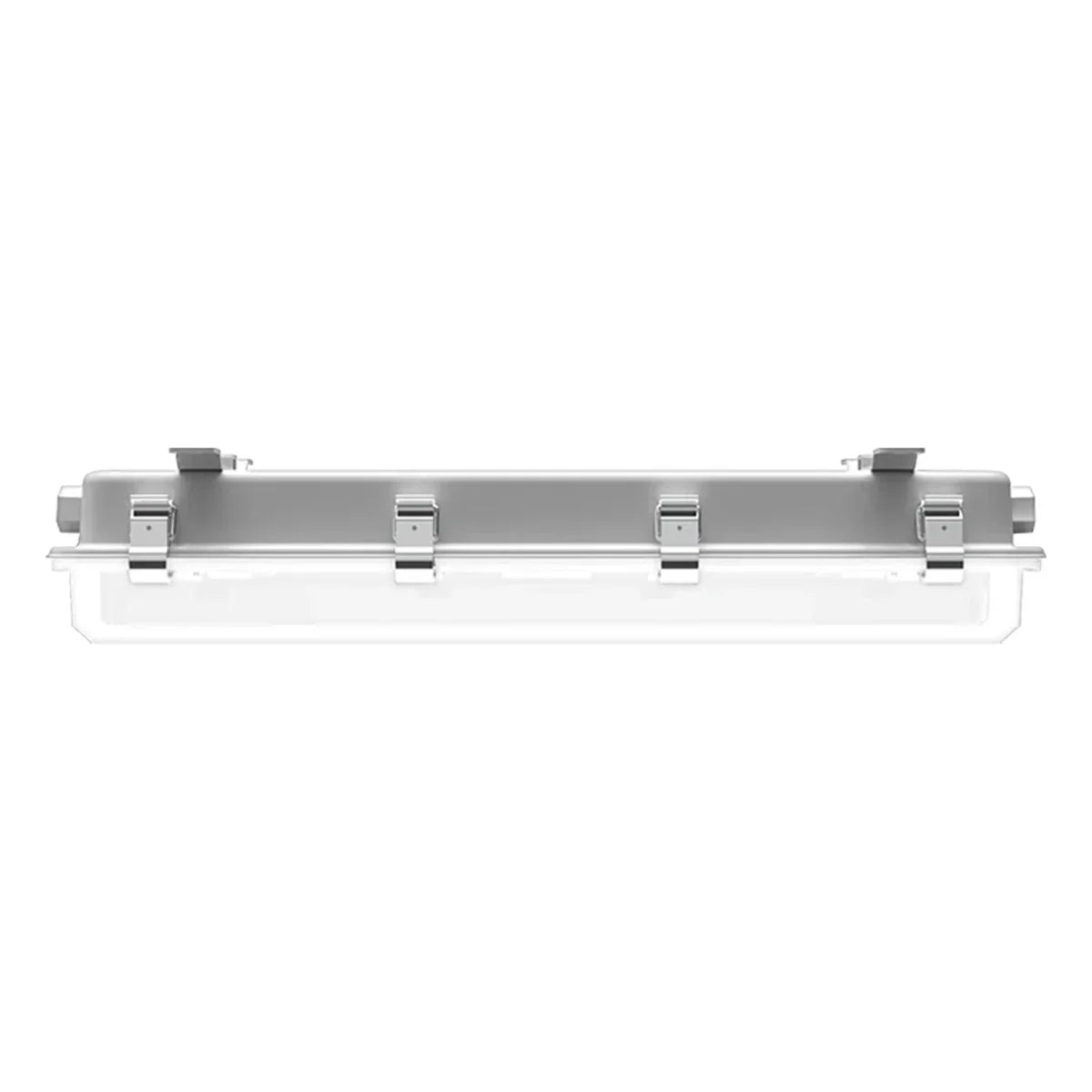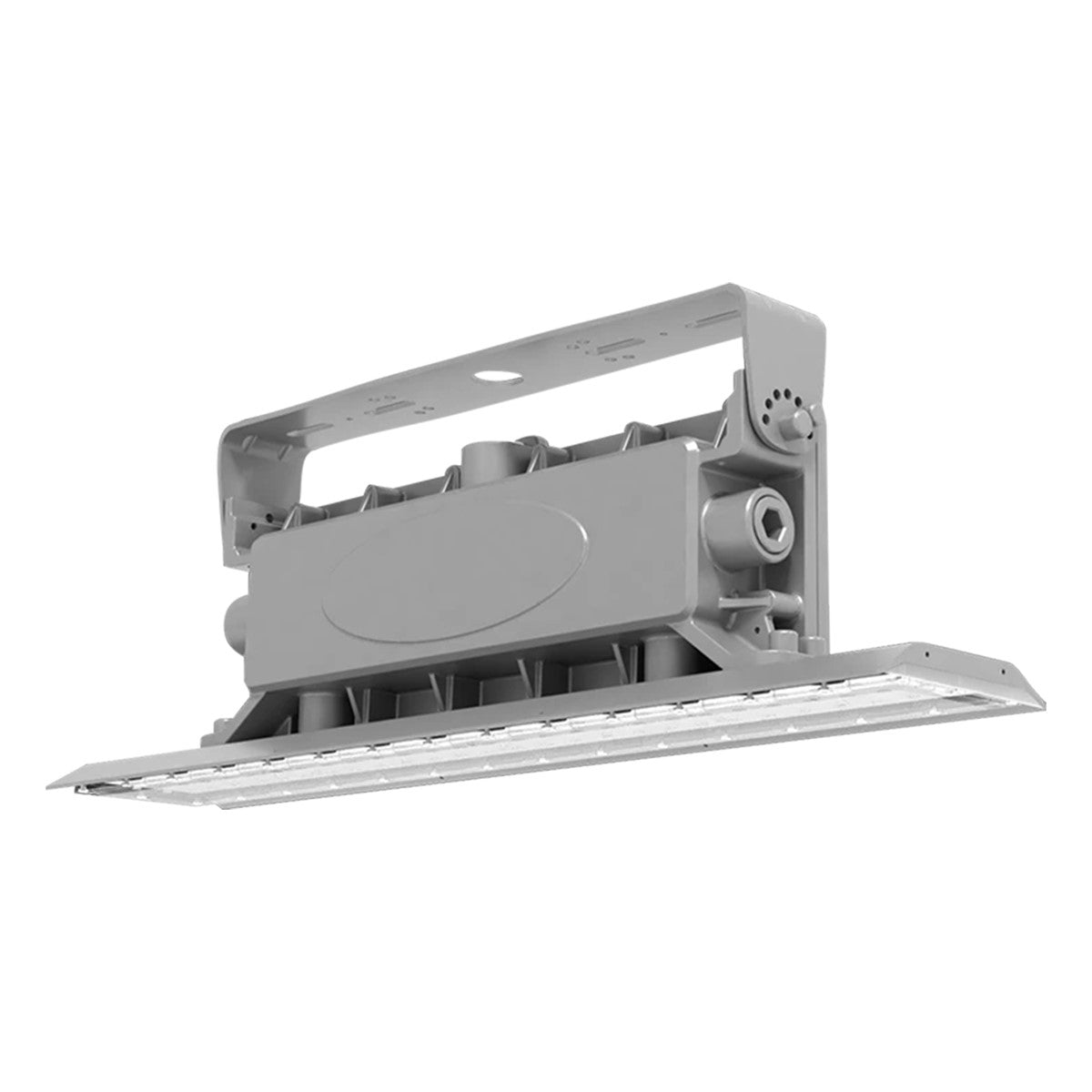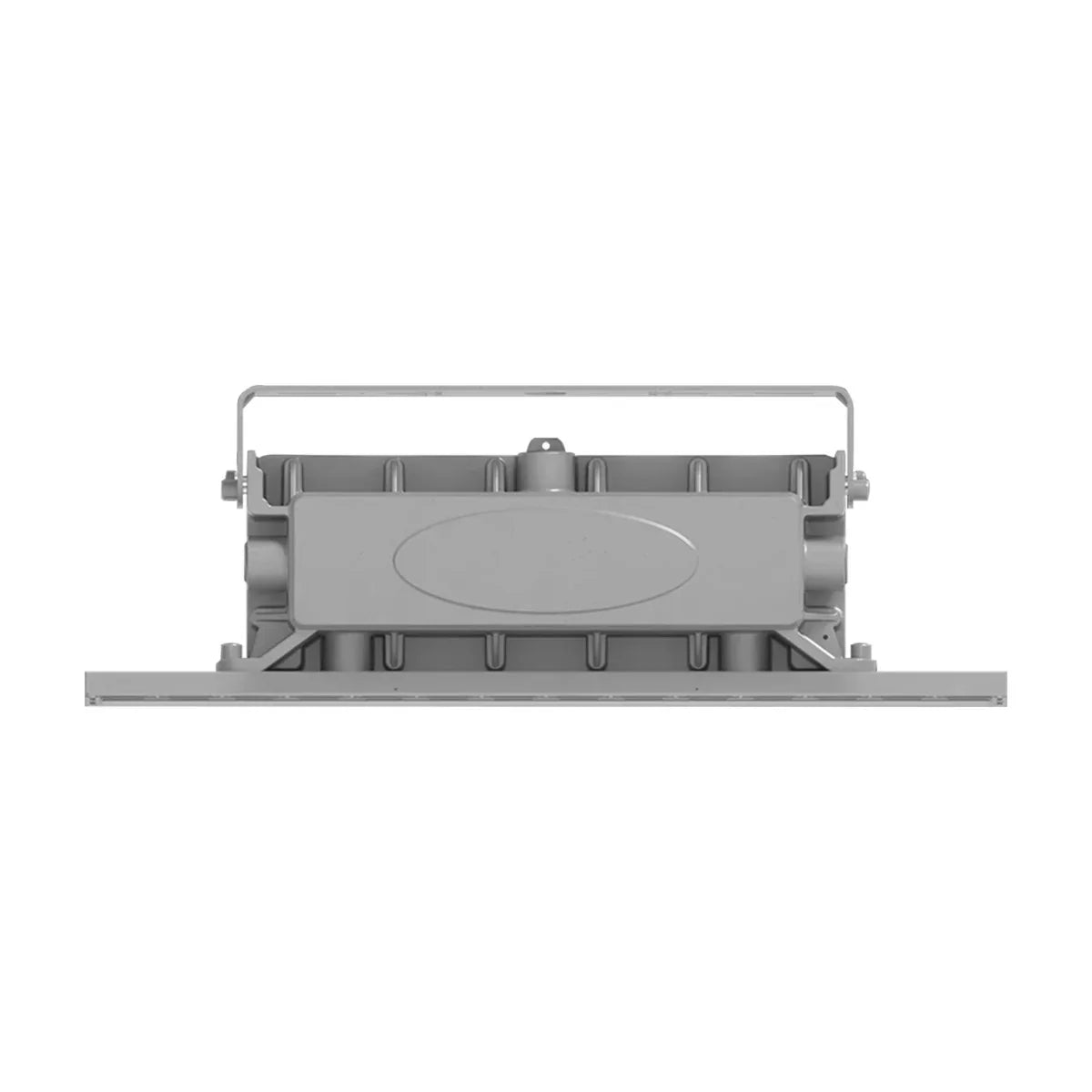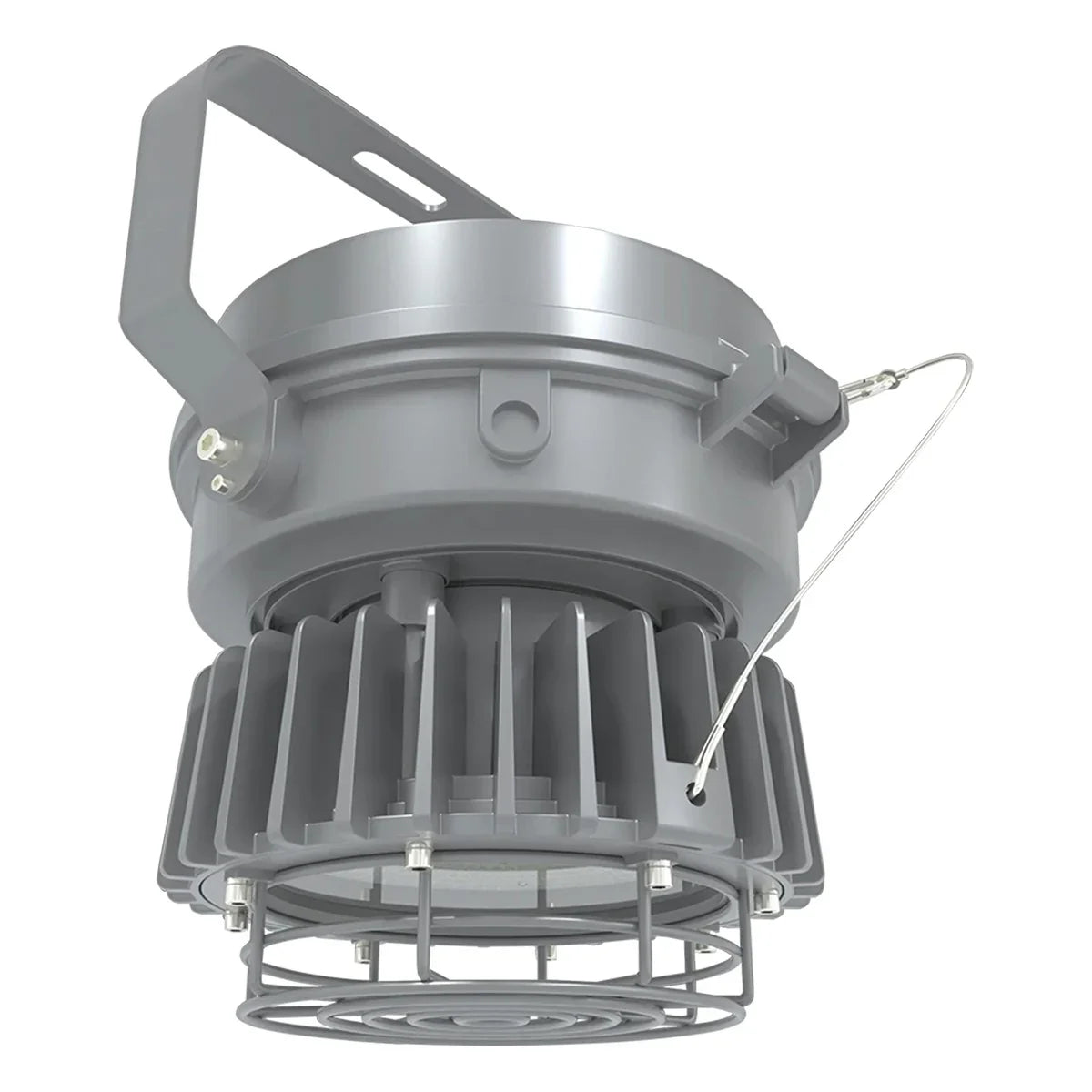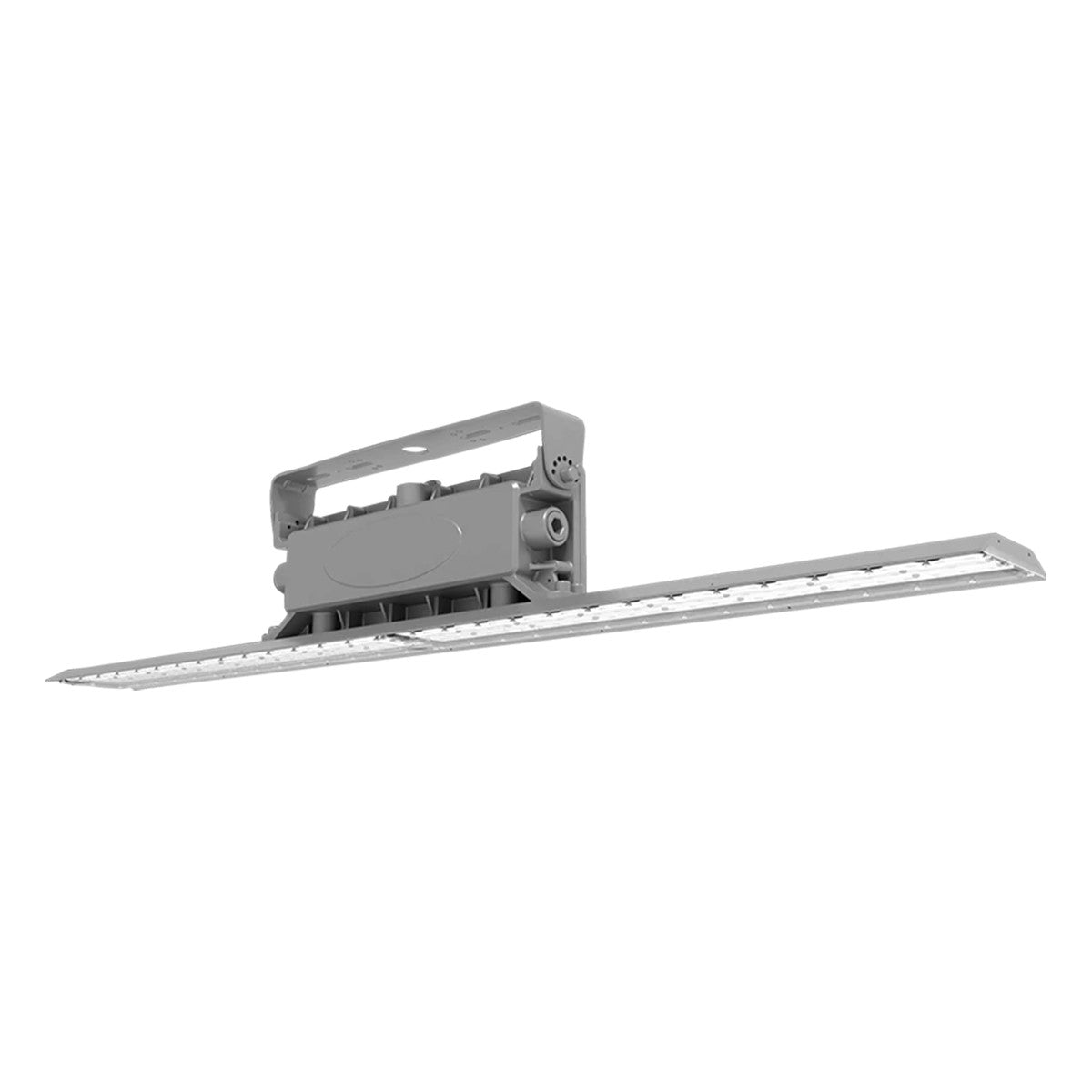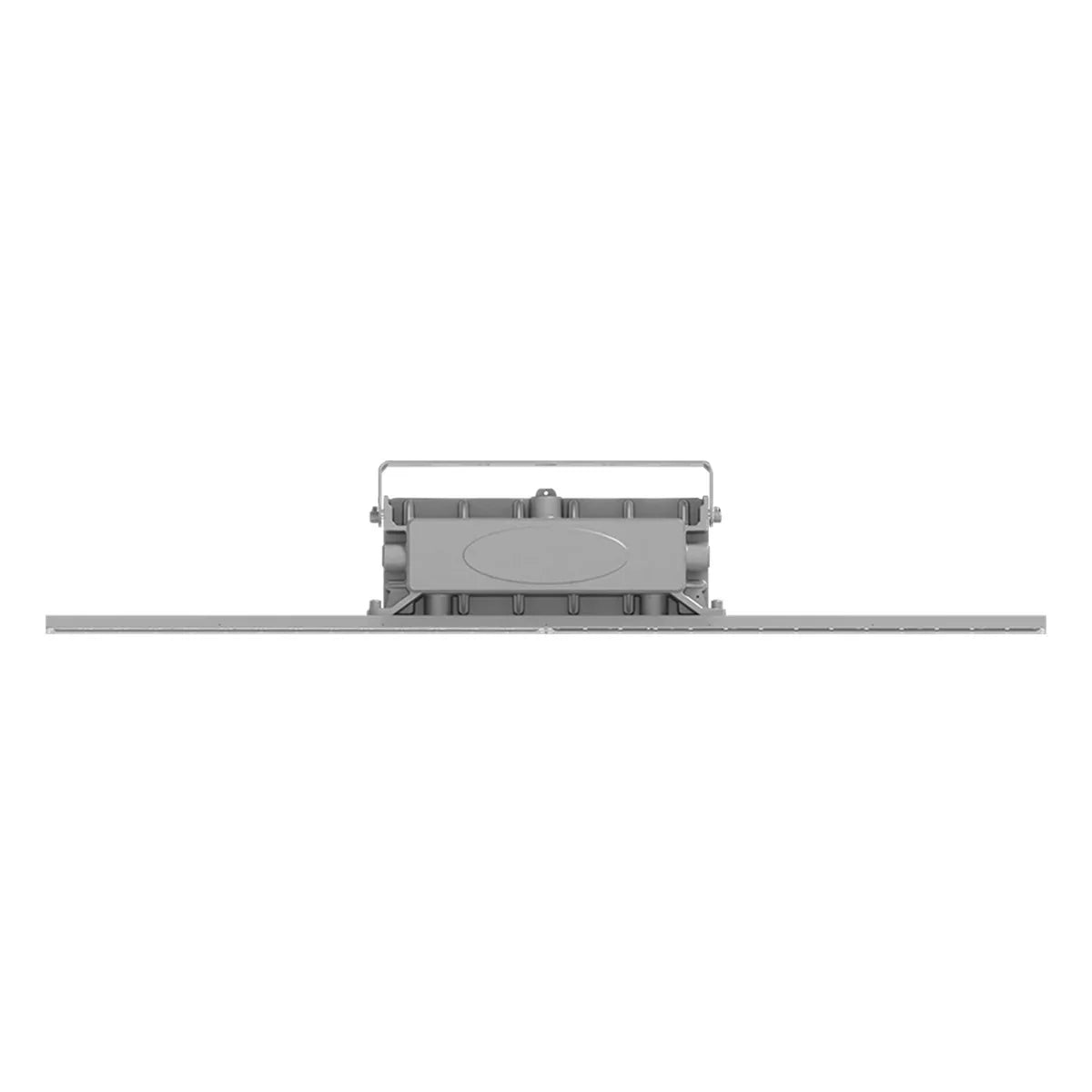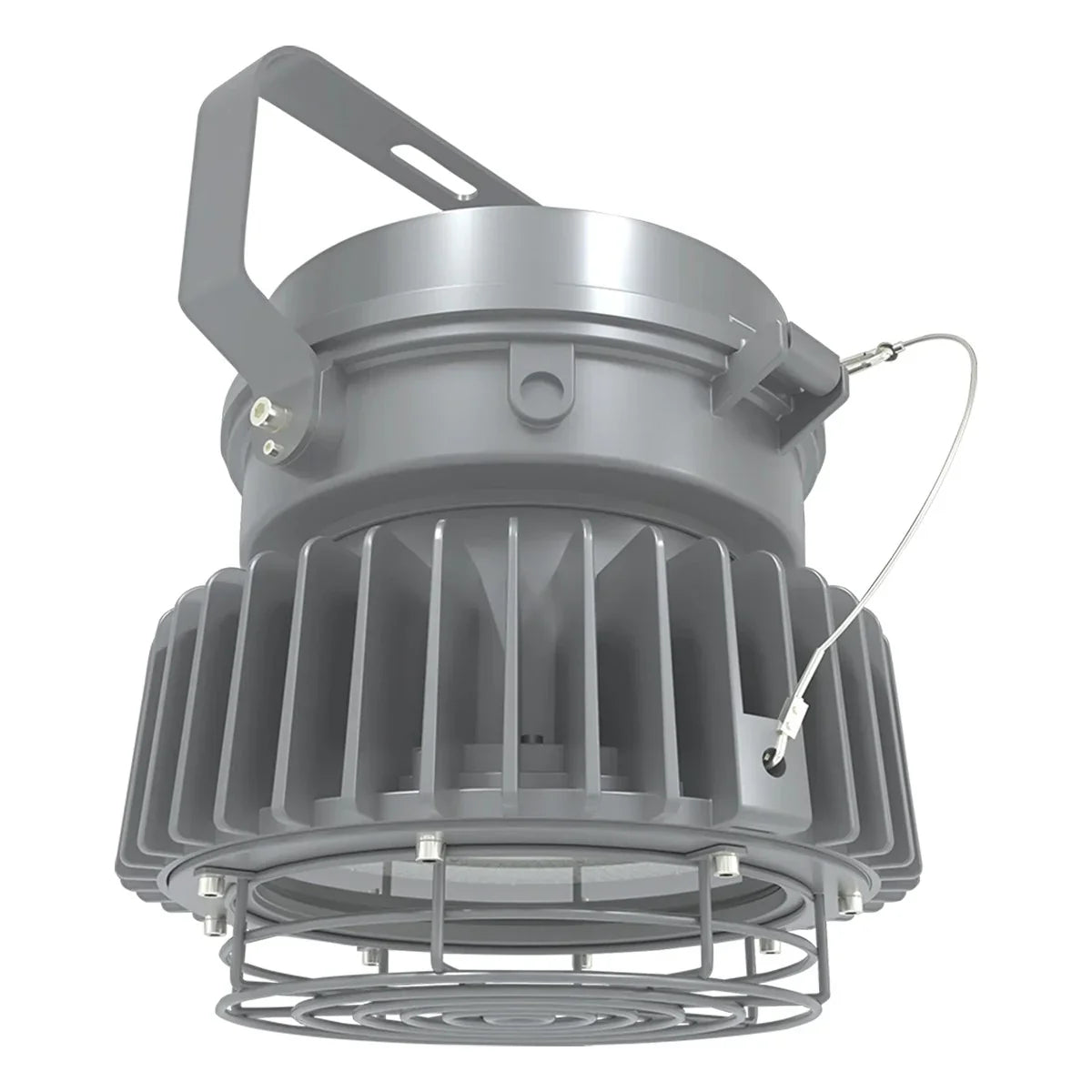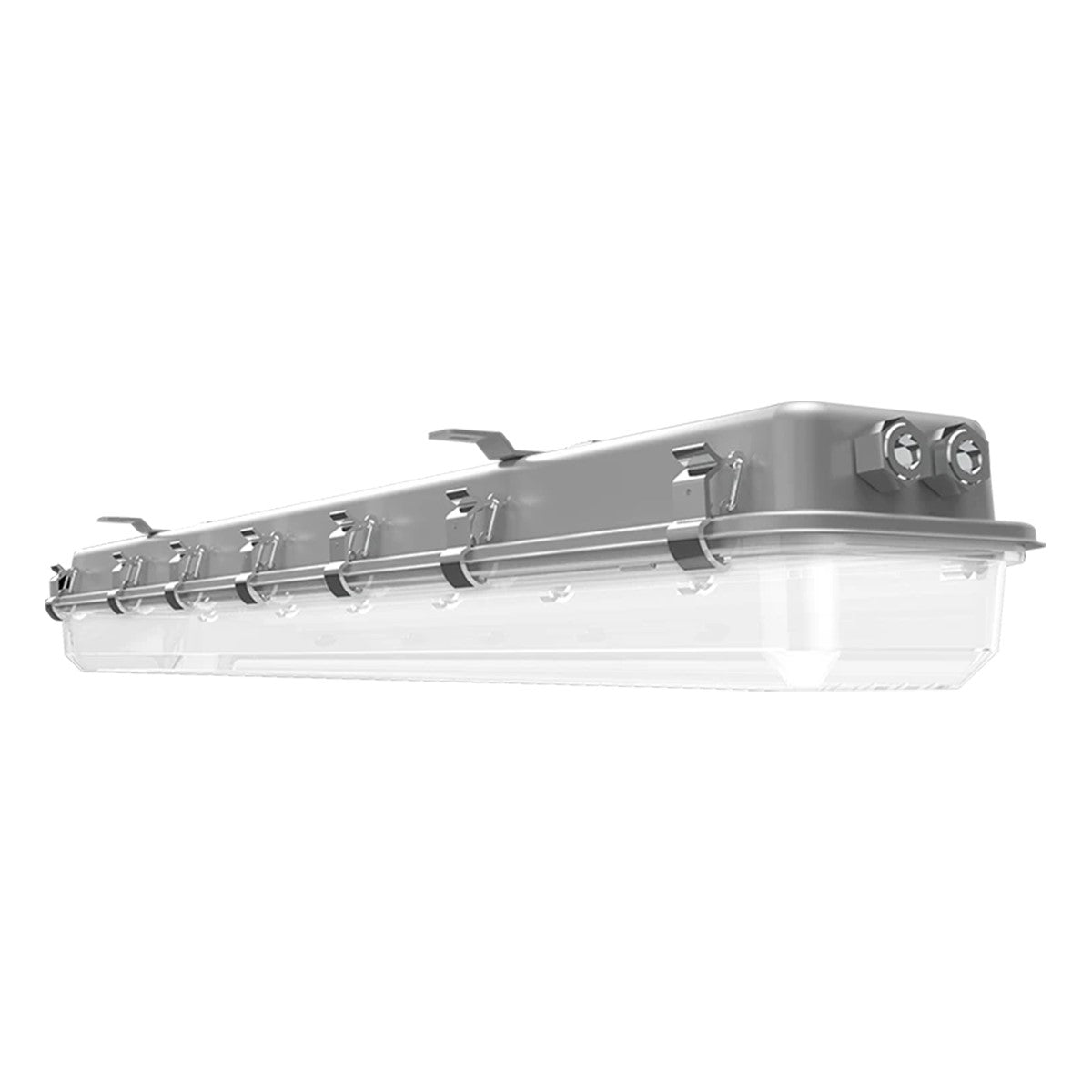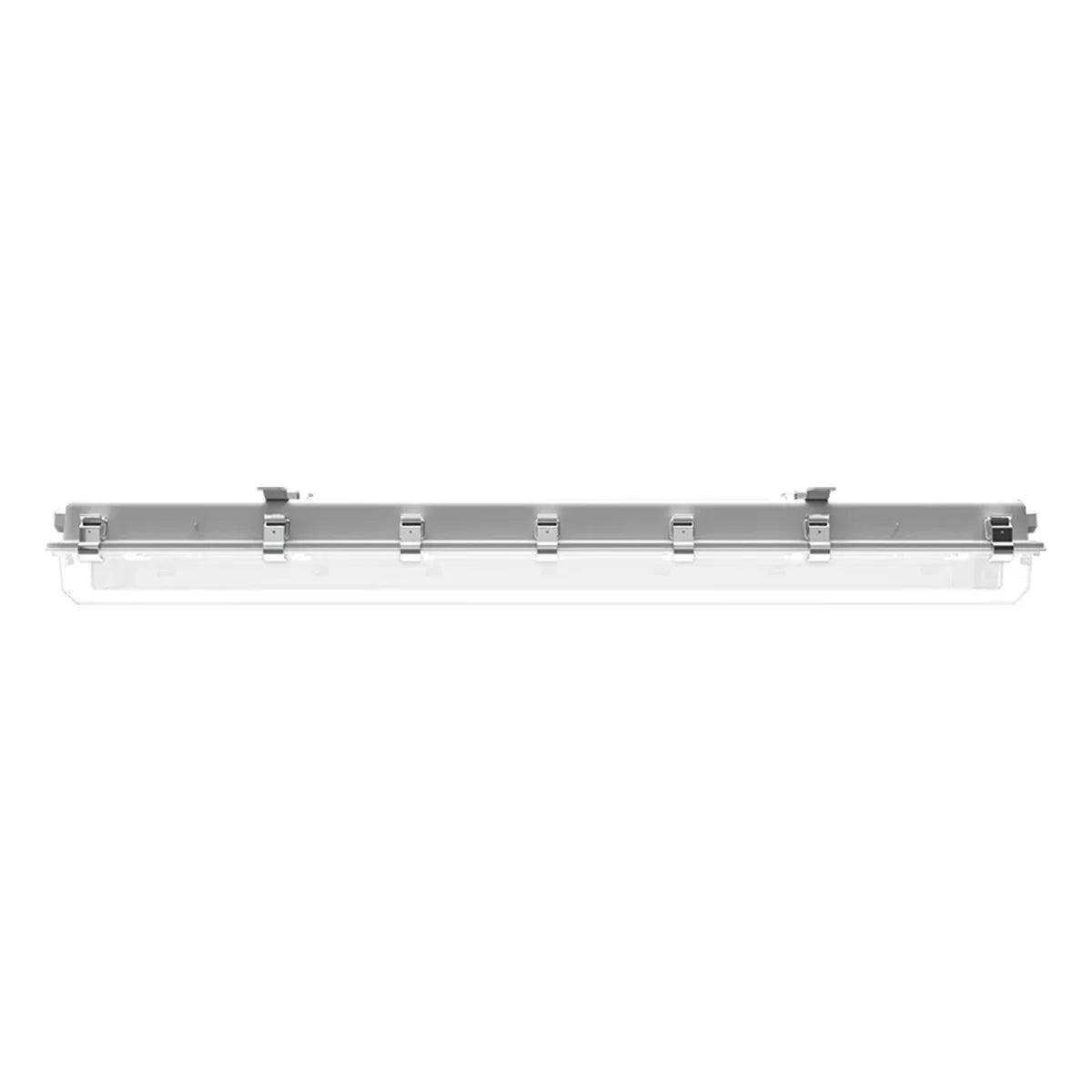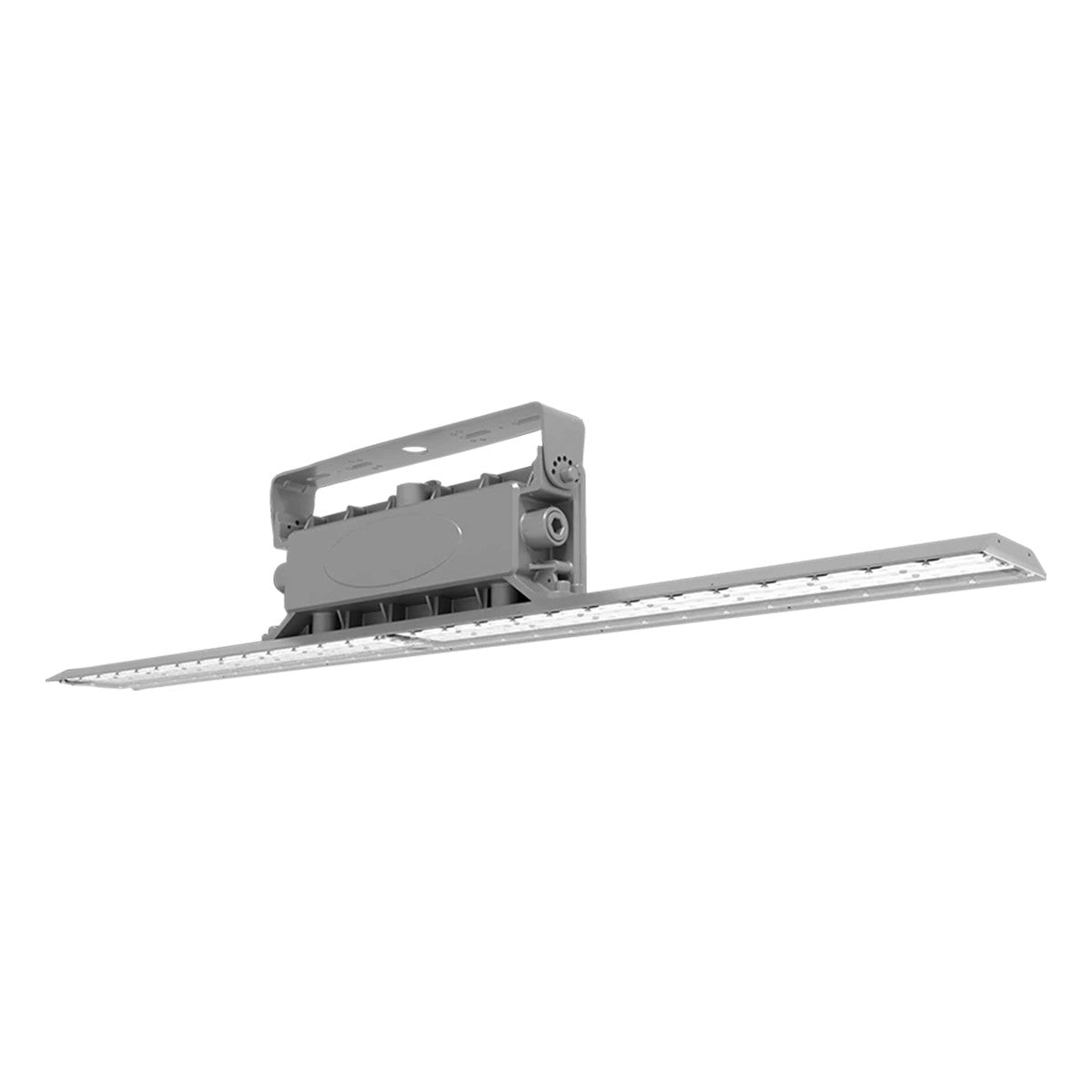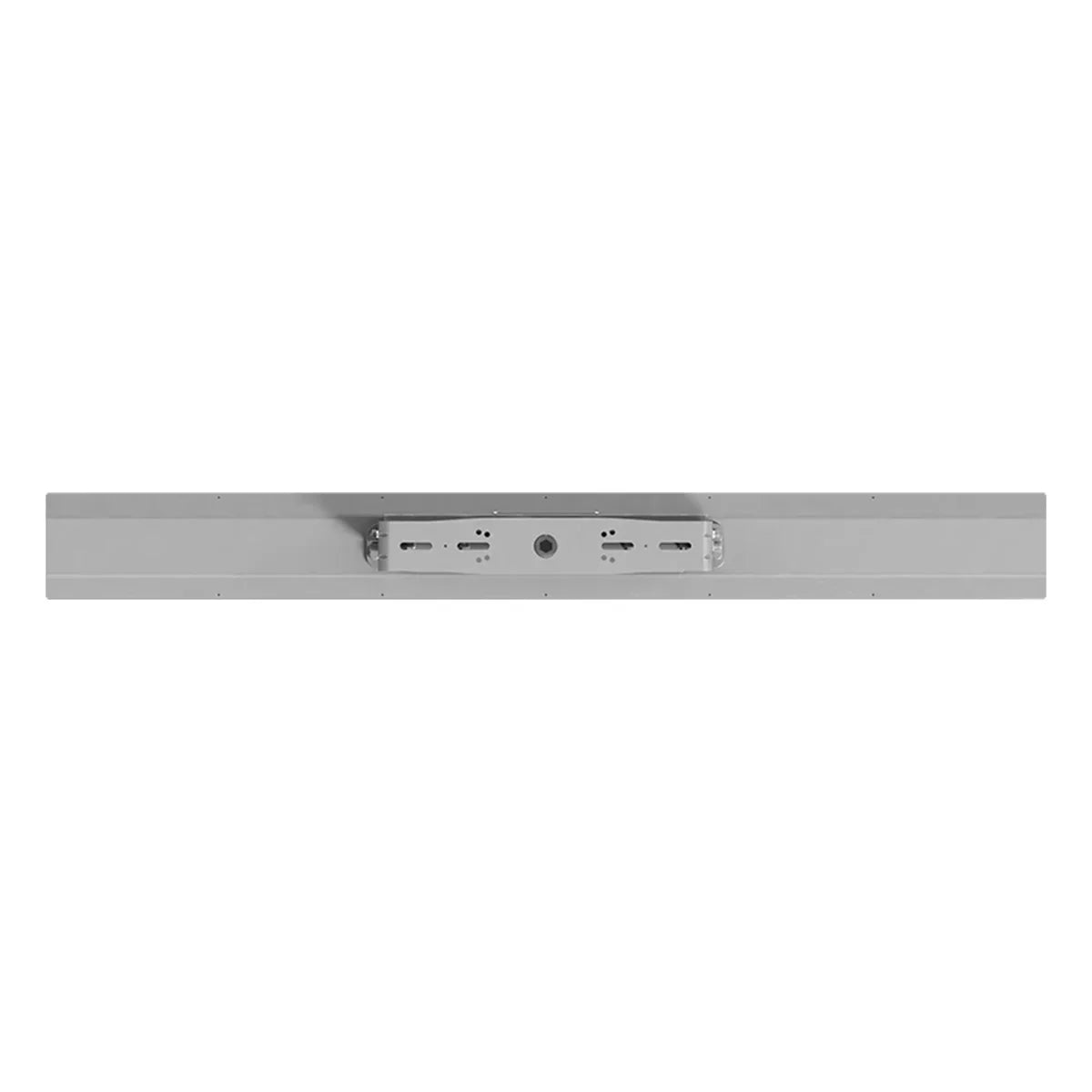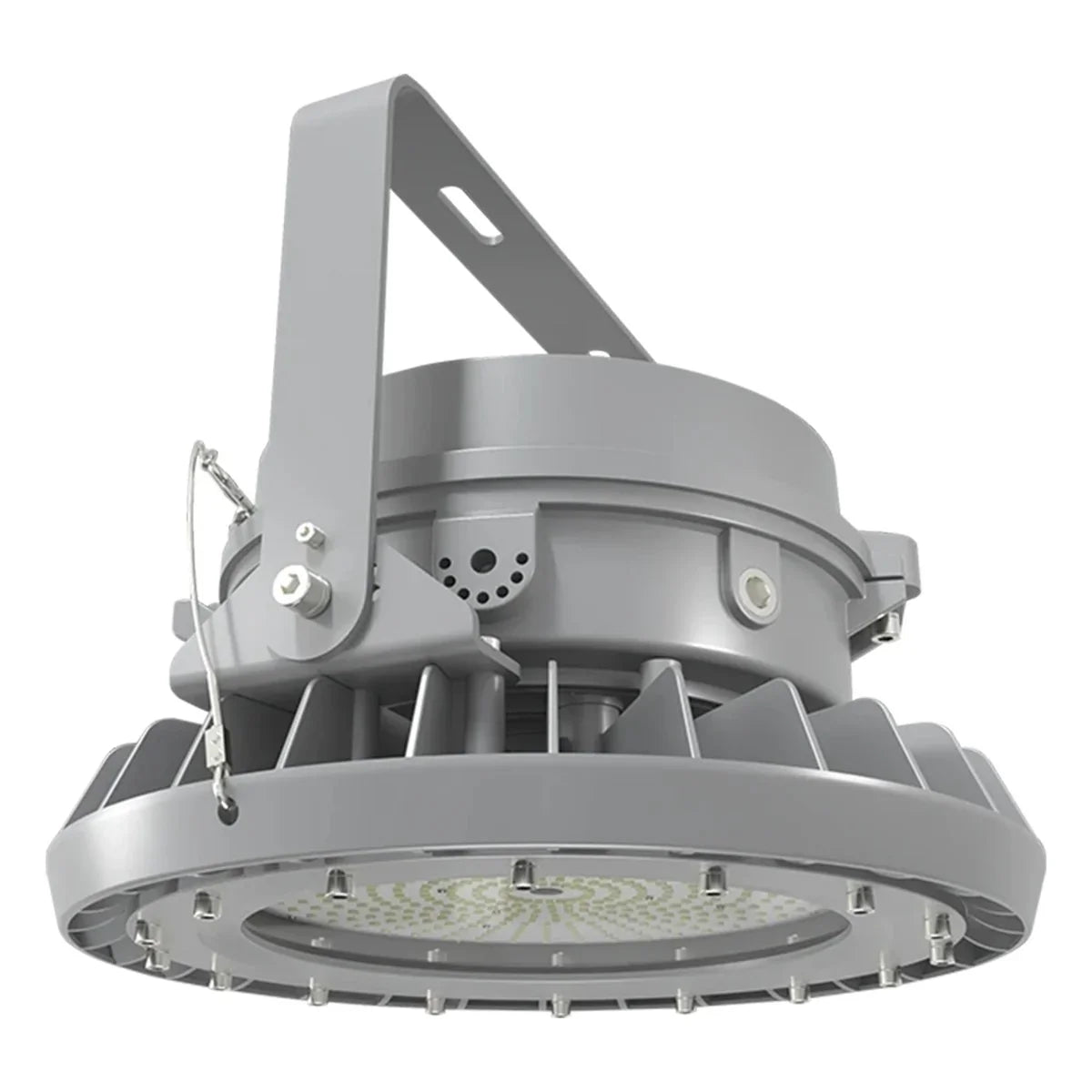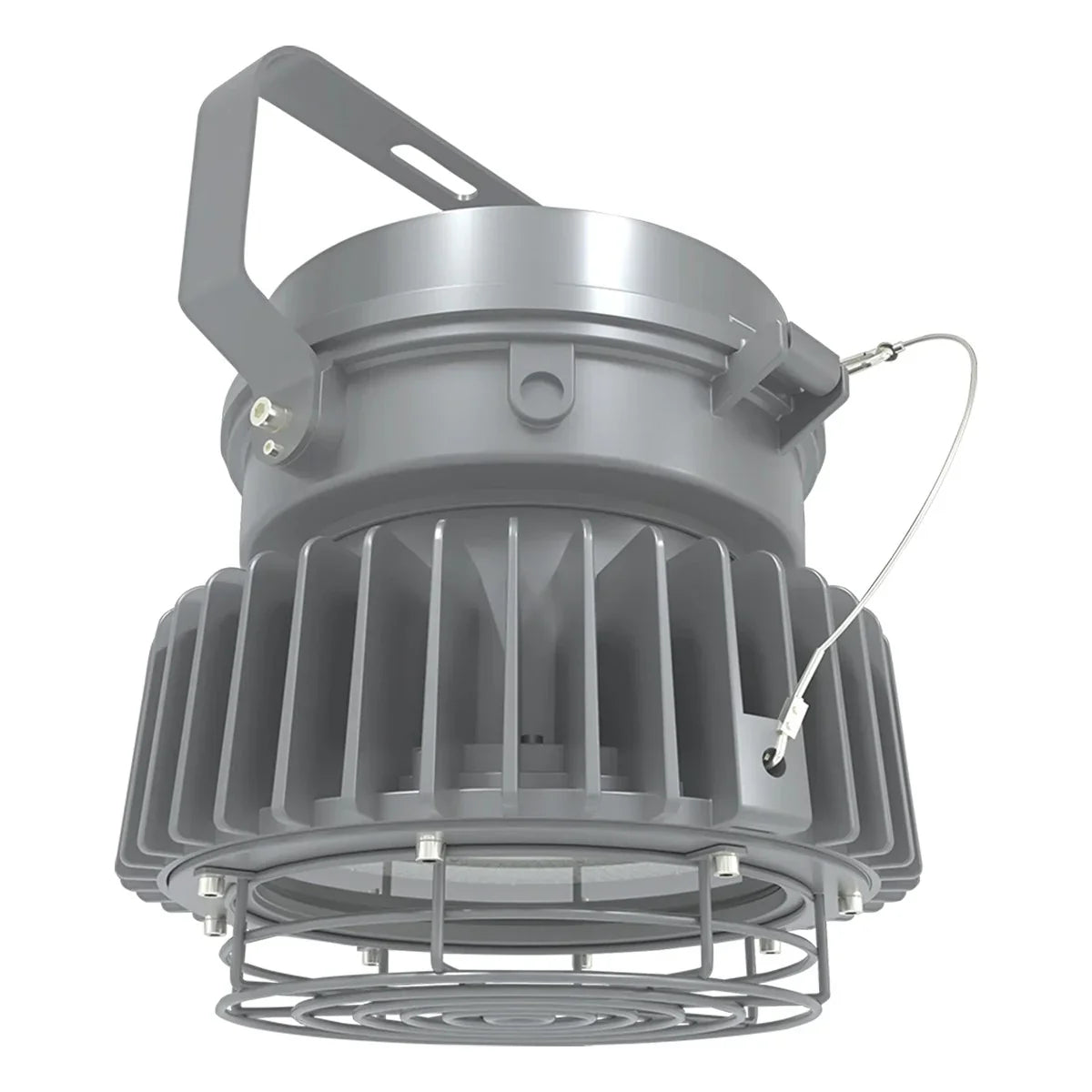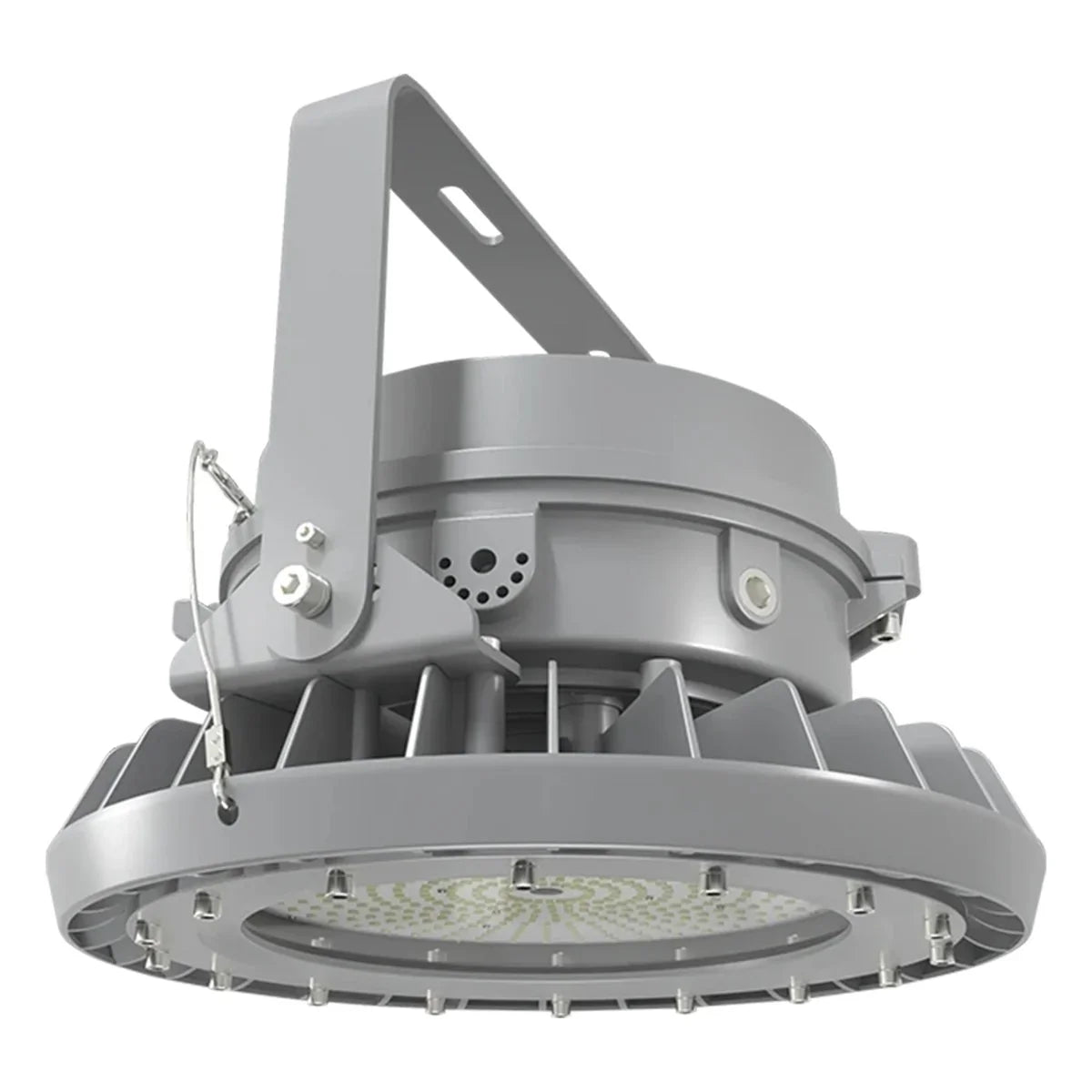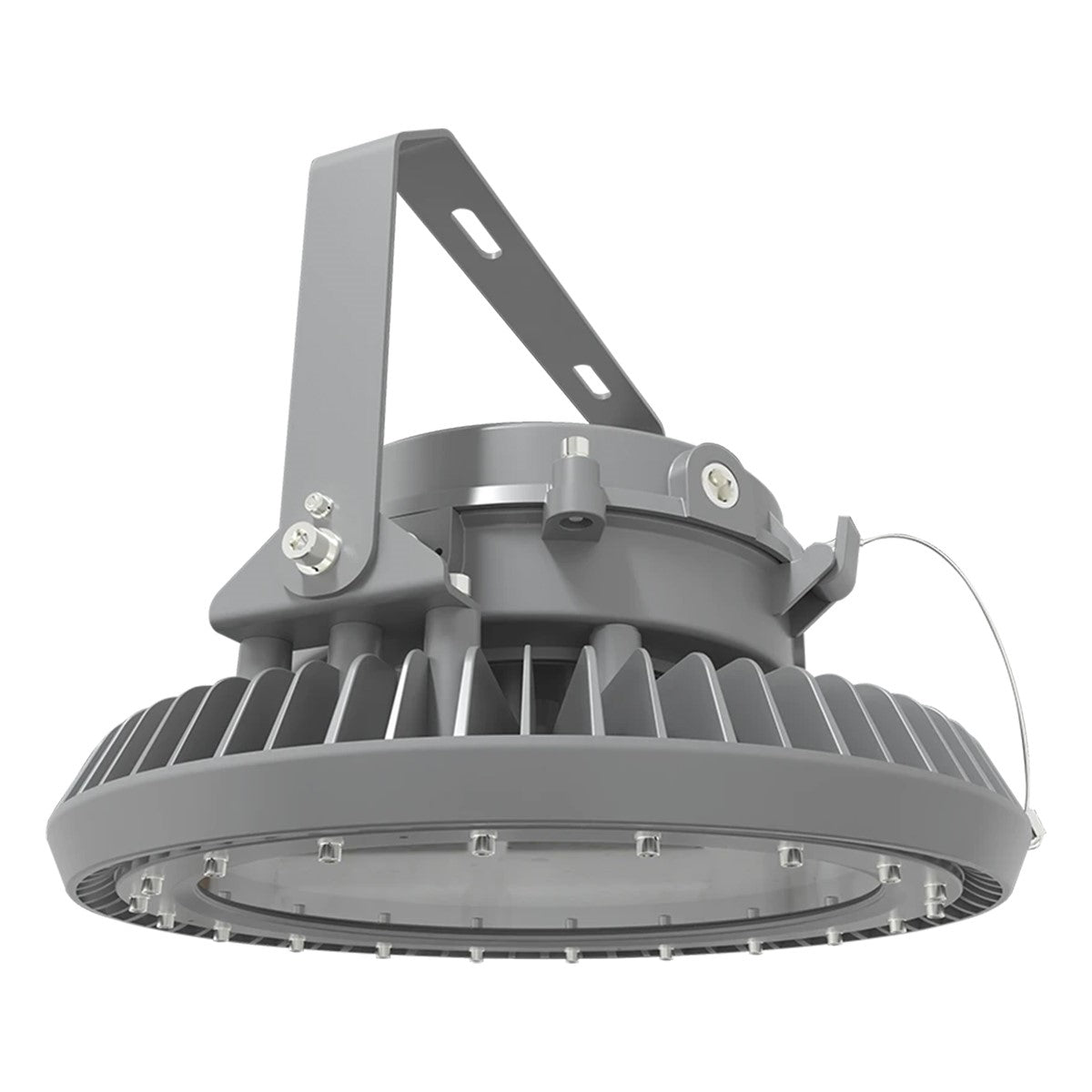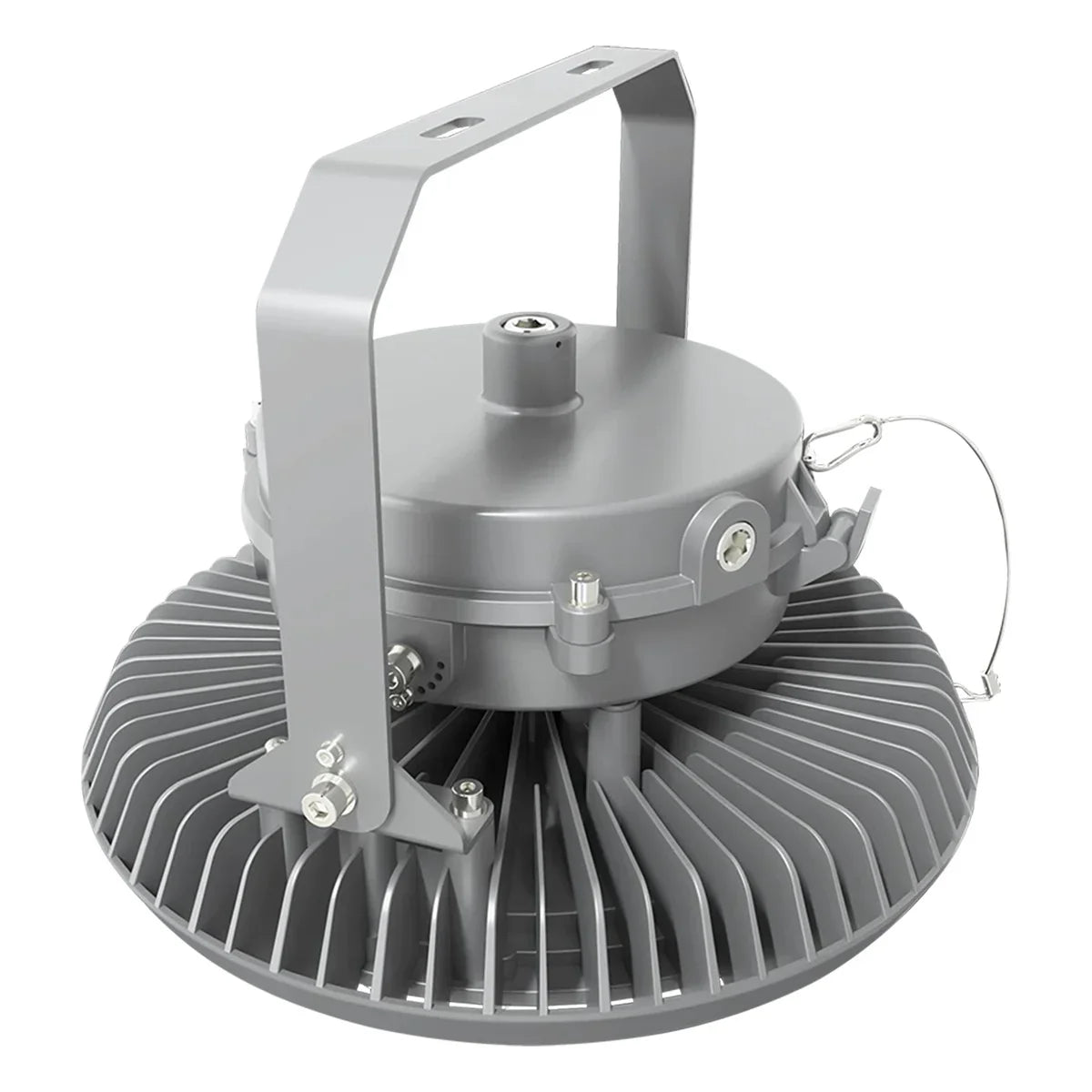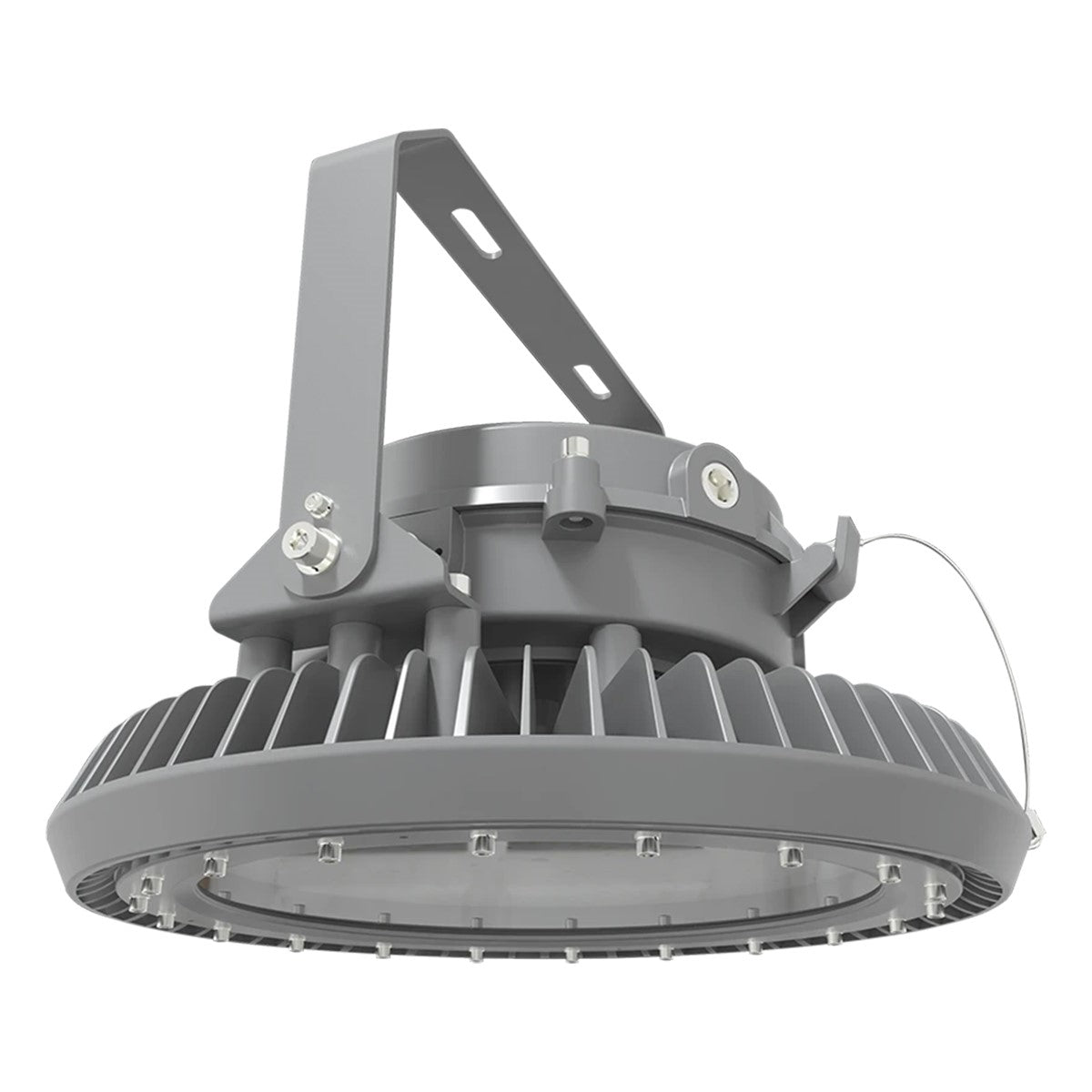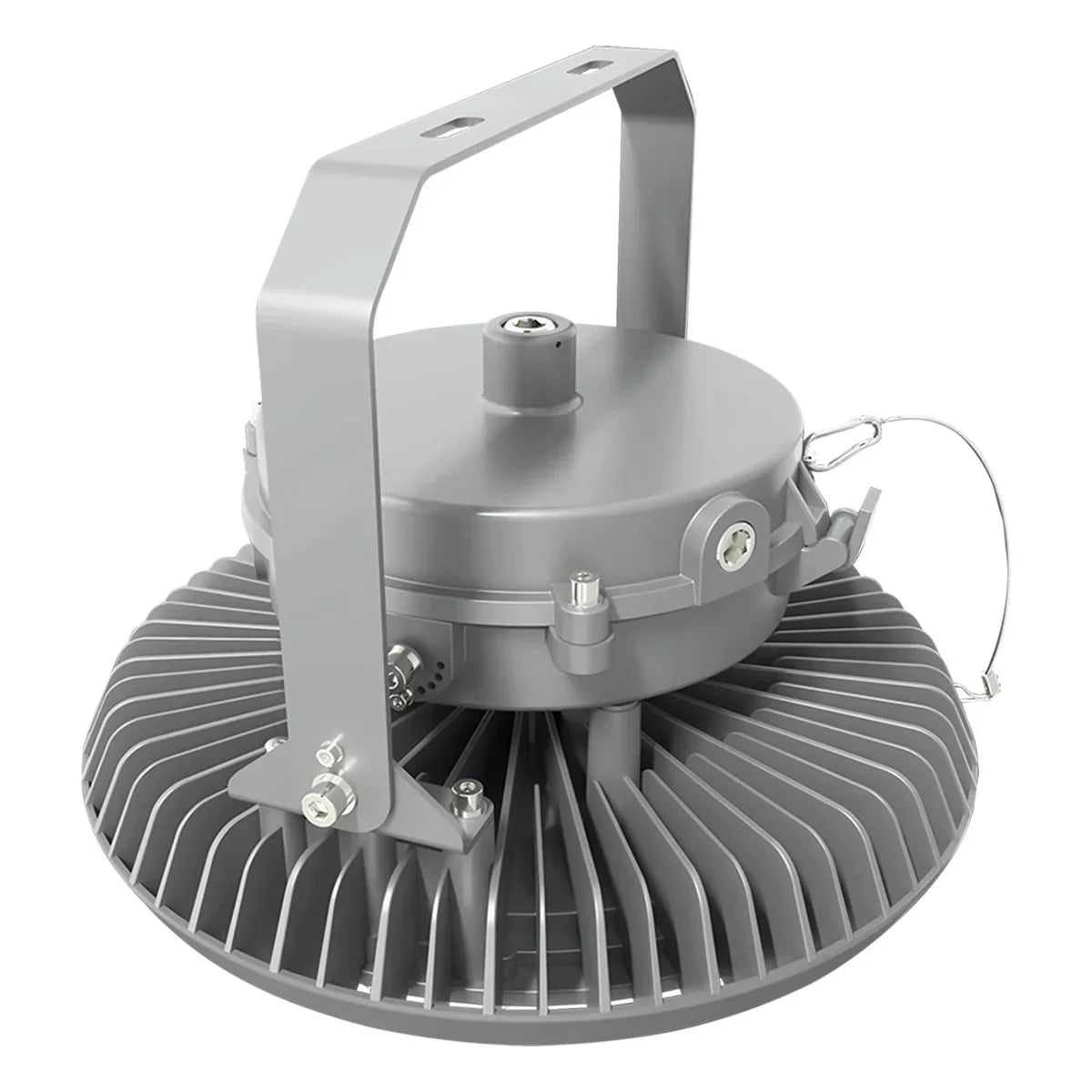Explosion Proof Lights
BEST SELLERS
In environments where the air teems with flammable gases or dust, the safety of lighting cannot be taken for granted. Explosion proof lights stand as critical safeguards, ensuring illumination does not become a source of ignition. Their design adheres strictly to standards set by the National Electric Code (NEC), making them indispensable in locations classified as hazardous due to the presence of flammable liquids, gases, or fibers. These specialized lights not only prevent accidents but also support operational efficiency, highlighting the critical intersection between safety and functionality in industrial settings.
Understanding Hazardous Locations
Definition of Hazardous Locations
Hazardous locations are areas where the presence of flammable gases, vapors, or dust can create a potential risk for fire or explosion. These environments are commonly found in various industrial and commercial settings, including aircraft hangars, gasoline dispensing stations, bulk storage plants for volatile flammable liquids, paint-finishing process plants, and agricultural facilities where excessive combustible dusts may be present. Each room, section, or area within these locations is evaluated individually to determine its specific risk classification. The classification of hazardous locations in the United States is governed by the National Electric Code (NEC), which categorizes these areas into Classes, Divisions, and Zones based on the nature and degree of risk present. For instance, Class I locations are those where flammable gases or vapors are present, Class II locations deal with combustible dust, and Class III locations involve ignitable fibers and flyings.
Importance of Proper Classification
Proper classification of hazardous areas is crucial for ensuring safety and preventing industrial accidents. This classification helps in determining the appropriate types of explosion proof lights and other safety equipment that should be installed to prevent ignition sources from sparking a fire or explosion. It is essential for employers to understand these classifications to implement effective safety measures and protocols that protect both personnel and assets. In hazardous locations, the potential for explosions or fires is a significant safety concern. For example, in environments where flammable gases or vapors are present, the atmosphere can become explosive if the concentration of these substances reach a certain level. Similarly, combustible dusts can form explosive clouds when mixed with air, and ignitable fibers can rapidly ignite if exposed to a spark or high temperatures.
Understanding the specific hazardous area ratings, such as those provided by the NEC, is critical for installing electrical equipment safely. These standards ensure that all installed equipment, including lighting, can operate without triggering an explosion, even under abnormal conditions. Moreover, conducting a thorough hazard analysis allows employers to identify potential sources of ignition and implement strategies to mitigate these risks effectively. By adhering to the guidelines set forth by regulatory bodies and ensuring that all equipment meets the required safety standards, the risk of hazardous incidents can be significantly reduced, thereby safeguarding the well-being of workers and the integrity of operations in these dangerous environments.
Types of Hazardous Location Lighting Fixtures
Explosion-Proof Fixtures
Explosion-proof fixtures are designed to contain any sparks or fire that may occur within the device. These fixtures are typically constructed with durable materials, high-grade gaskets, and thick, shatterproof lens material to ensure that no combustible material penetrates the housing. They are engineered to operate at lower than standard temperatures to prevent being a source of flammable events. Class I and Class II explosion-proof fixtures are sealed to prevent the penetration of vapors, dust, or gases, which could ignite due to electrical currents or sparks. For instance, explosion proof lights are commonly found in Class I, Division 1 and Class II, Division 1 environments, where flammable gases or combustible dusts are present under normal operating conditions.
Intrinsically Safe Fixtures
Intrinsically safe fixtures are designed to prevent the creation of sparks or arcs that could ignite flammable materials. These fixtures operate with a low electrical current, which is not sufficient to cause a sparking event. This type of fixture is considered safer in hazardous environments because it controls the source of ignition by never allowing enough energy to make ignition possible. Intrinsically safe lights are often battery-powered and incorporate features that reduce the risk of electric arcs occurring, making them ideal for environments where explosive vapors and gases are present.
Dust-Ignition-Proof Fixtures
Dust-ignition-proof fixtures are specifically designed for environments where combustible dust is present. These fixtures are necessary in locations where combustible dust can form explosive clouds when mixed with air, or where dust accumulations might interfere with the normal operation of electrical equipment. For example, Group E dusts, which include metal dusts like aluminum and magnesium are highly conductive and can cause electrical failures if they enter an enclosure. Similarly, Group F and Group G dusts, which include coal dust and plastic dusts, respectively, require fixtures with very low surface temperatures to prevent ignition from the heat generated by the equipment.
Each type of fixture is essential for maintaining safety in different hazardous environments, adhering to strict classifications and standards to prevent fire or explosion risks.
Regulations and Standards
NEC/CEC Standards
The National Electrical Code (NEC) in the United States and the Canadian Electrical Code (CEC) in Canada are pivotal in governing the standards for explosion proof lighting. These codes categorize hazardous locations into three main classes based on the types of hazards present. Class I locations are defined by the presence of flammable gases or vapors that may produce explosive or ignitable mixtures. Class II locations are characterized by the presence of combustible dust, and Class III locations involve easily ignitable fibers or flyings. Each class is further divided into two divisions. Division 1 is where an explosion is likely to occur, necessitating lighting fixtures that can withstand and contain explosions without causing an ignition. Division 2, where an explosion is not likely to occur, still requires fixtures designed to withstand explosions but with a lower level of protection compared to Division 1.
OSHA Guidelines
The Occupational Safety and Health Administration (OSHA) enforces stringent regulations to ensure workplace safety, particularly in environments that may expose workers to hazardous conditions. OSHA utilizes the NEC's classification system to determine the necessary precautions and equipment for hazardous locations. This includes specifying the types of explosion proof lighting fixtures that are suitable for each classified zone to prevent ignition in the presence of flammable or combustible materials.
OSHA has authorized Nationally Recognized Testing Laboratories (NRTLs) to certify that the equipment meets the required safety standards. This certification process ensures that all electrical installations, including lighting in hazardous areas, adhere to the safety protocols that prevent workplace incidents.
NEMA Ratings
The National Electrical Manufacturers Association (NEMA) provides a rating system that helps to identify the suitability of electrical enclosures and gear in various environmental conditions, including hazardous locations. Specifically, NEMA 7 rating is synonymous with explosion-proof equipment. This rating is crucial for equipment used in environments where flammable gases or vapors are continuously present, such as in Class I, Division 1 locations.
NEMA ratings not only address the protection against ingress of solid and liquid contaminants but also ensure safety against explosions and other hazardous conditions. These ratings are essential for specifying the correct type of enclosure needed to safely house electrical components in hazardous environments.
By adhering to NEC/CEC standards, following OSHA guidelines, and ensuring equipment meets NEMA ratings, industries can significantly mitigate the risks associated with operating in hazardous locations. This comprehensive approach to regulation and standardization play a crucial role in maintaining safety and operational integrity in environments prone to explosive hazards.
Installation and Maintenance
Installing Lighting Fixtures Safely
Selecting the appropriate LED lighting designed specifically for hazardous locations is critical for ensuring the safety and security of both personnel and property. To guarantee that the right lighting fixtures are utilized within hazardous settings, various industry groups and regulatory bodies have established comprehensive standards. The National Fire Protection Association (NFPA) codes, including the U.S. National Electrical Code (NEC) and the Canadian Electrical Code (CEC), classify risk levels for hazardous location lighting and provide guidelines for safe installation.
When installing lighting fixtures, it is imperative to disconnect the supply circuit to prevent the ignition of hazardous atmospheres. Additionally, the installation process must consider the operating temperature limits and ensure conformity to the environmental temperature restrictions and NEC classifications of the installation location. It is essential to use conduit and connectors suitable for the application and seal all conduit using approved NEC procedures and local codes.
Routine Maintenance and Inspection
Regular maintenance and inspection of explosion-proof lighting are vital for preventing potential disasters and extending the lifespan of the lighting fixtures. These fixtures are exposed to extreme conditions such as dust, moisture, corrosive substances, and vibrations, which can cause wear and tears over time. Keeping these fixtures clean and well-maintained ensures they continue to function at peak performance and provide safe illumination.
The Occupational Safety and Health Administration (OSHA) mandates that all electrical equipment, including lighting fixtures, used in hazardous environments must undergo regular maintenance and periodic inspections to ensure compliance with safety standards. Failure to properly maintain and inspect these fixtures can lead to severe consequences, including costly repairs or replacements and potential hazards that could result in extensive damage or even loss of life.
Routine inspections are required over the lifetime of the luminaire to ensure that its special features, designed to withstand hazardous conditions, are preserved. These inspections are generally visual and typically do not require the unit to be opened. However, unplanned maintenance might be necessary if issues arise, potentially requiring more complex procedures and even opening the unit for repairs.
For thorough inspections and repairs, it is crucial to engage professional maintenance services. These professionals are trained and certified to work with explosion-proof lighting, ensuring that any potential issues are identified and addressed promptly. Professional services also provide documentation for compliance, which is essential during inspections by regulatory authorities.
